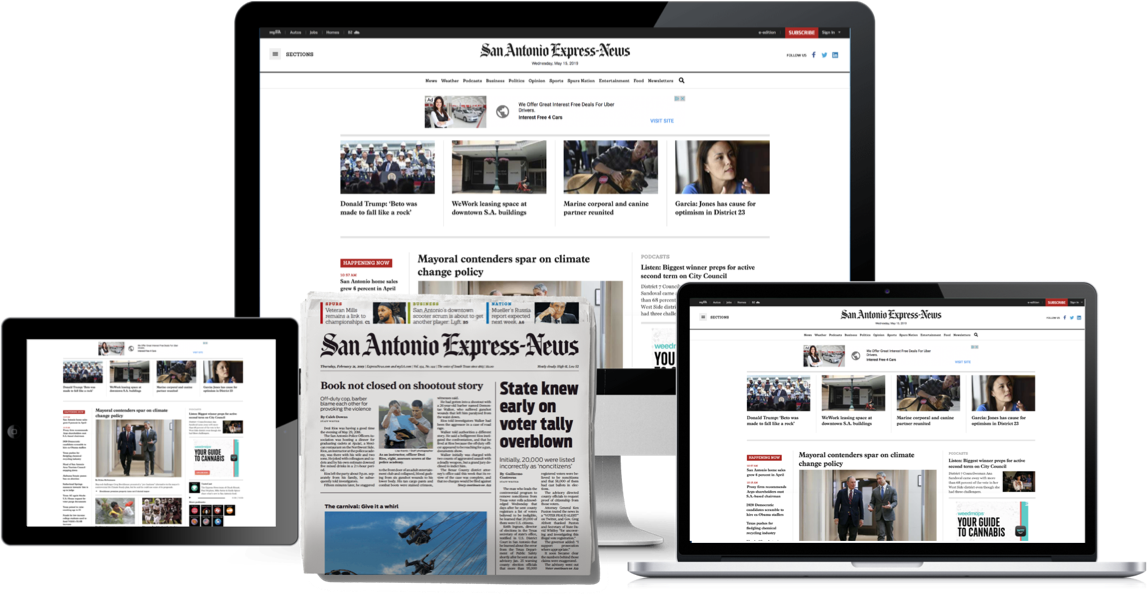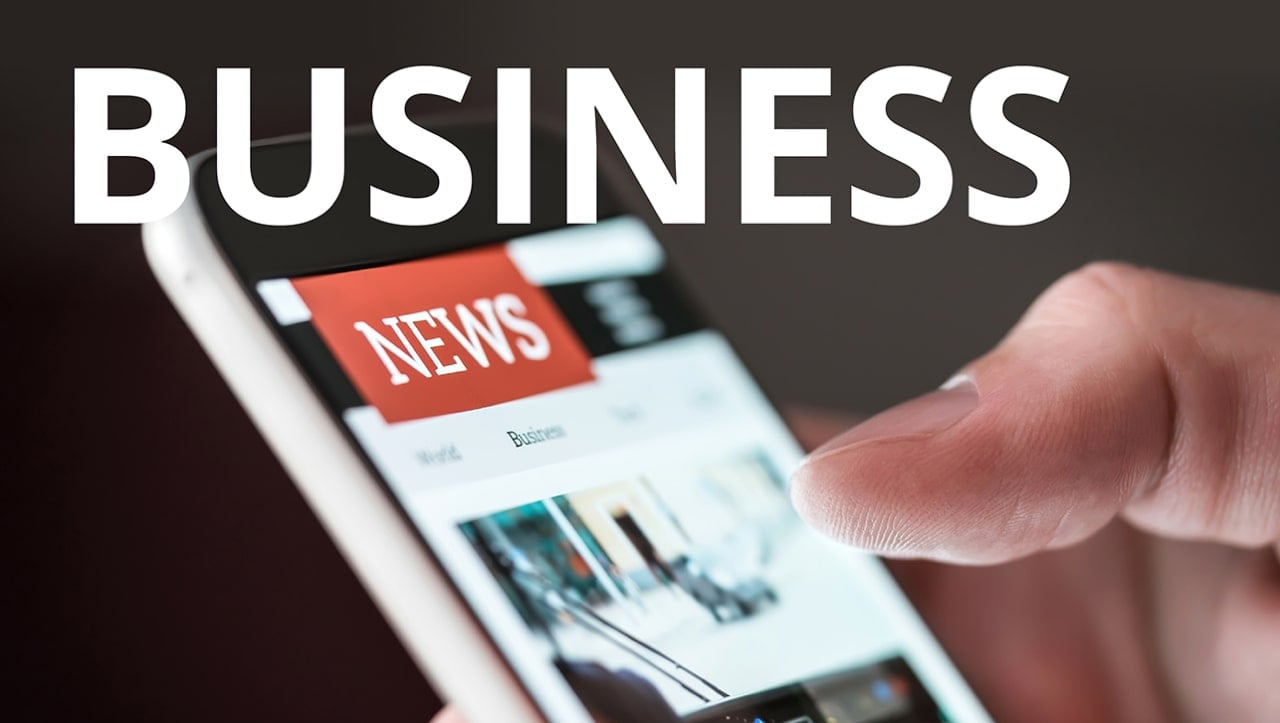Indicators on Popular News You Should Know
Indicators on Popular News You Should Know
Blog Article
Getting The Popular News To Work
Table of ContentsNot known Details About Popular News The Only Guide to Popular NewsUnknown Facts About Popular NewsWhat Does Popular News Do?
Age is also a consider the method individuals view the role of social networks. More youthful social media information customers are more probable to claim it has actually affected their understanding right. Regarding half of social media news consumers ages 18 to 29 (48%) claim news on social networks makes them better educated, compared with 37% of those 30 to 49, 28% of those 50 to 64, and 27% of those 65 and older.
Proximity is very important. Journalists are interested in points that affect their communities. Research study on a state's brand-new tax code likely won't produce the same rate of interest throughout state borders. Periodically specialists can help localize a bigger nationwide story that affects greater than simply a city or state. In these instances, it is necessary to be on the hunt for chances where subject specialists can supply insight or where comparable tasks might be occurring locally.
If you are releasing newsworthy study, loop in MarComm before the post being published so that the pitch can emphasize the most recent aspect of the story: the publication of the research study - Popular News. Events and statements that entail prominent numbers are most likely to generate media coverage. Sees from national figures frequently call for months of prep work because of expected neighborhood passion
Popular News Fundamentals Explained
Stories commonly entail some kind of problem. By meaning, these stories are usually questionable to some level. The good news is, university staff and faculty are usually perceived as unbiased specialists. We can aid mitigate possible reputational threat with these tales while additionally raising the probabilities of creating coverage. While a lot of the above news worths are interwoven, human passion stories typically stand apart.
Human interest elements can include information worth to other tales that could show up to be lacking in the various other values. The uniqueness or strangeness of a situation can help affect whether or not an information electrical outlet is likely to cover a story. While this is not an extensive listing, checking to see if your news product or occasion has these qualities before contacting us will certainly assist you establish which elements hold one of the most information value.

There is additionally considerable proof that more customers might begin to pay for information in the futureif publishers can understand them and serve them well. Half of those who do not pay for news actively choose information and resemble customers in different methods. And nearly 2 in 10 of those who do not register for news now suggest they are inclined to start to pay in the future.
Popular News Things To Know Before You Buy
We after that ask a set of concerns to establish whether people pay for certain sorts of information sources. We asked people to name the sources they utilize most oftenwhether they pay for them or nothow they use them, the particular Read Full Article things they consider vital about them, and some associated questions about the price and visit the website worth of that resource.

More than 4 in 10 likewise point out the truth that close friends and family sign up for the exact same product. Even more than a 3rd of individuals state they originally subscribed in reaction to a price cut or promotion. In print, people also are relocated greatly to subscribe to get vouchers that save them money, something that has untapped ramifications in digital.
Everything about Popular News
Regarding half are "news applicants," indicating they proactively choose information instead than mostly running across it in an extra easy means, though the news that nonpayers are seeking (for now, a minimum of) is usually about nationwide politics. Like customers, a number of these people also obtain news numerous times a day, utilize the news in means similar to subscribers, and want similar topics, consisting of foreign or worldwide news.
We asked everybody that told us they have a regular free source of information how likely they would certainly be to spend for it. Greater than a quarter (26 percent) say they would be at least somewhat likely to start spending for itand 10 percent are extremely or extremely likely. These likely payers often tend to be information seekers, and they likewise often tend to be individuals who currently pay for a news subscription along with the resource they adhere to free of charge.
Of those that do pay, 54 percent sign up for newspapers in like this print or digitally, which represents 29 percent of Americans overall. A lot of them acquire a print publication together with their newspaper and pay for 2 to four news sources in total amount, some much more. And while 53 percent are long-time customers (5+ years), more than a quarter (27 percent) have bought their paper registration within the past year.
Couple of print customers believe it most likely they will switch over to a digital-only subscription in the future, and even more than fifty percent of those that prefer electronic have actually never ever paid for a print variation of the exact same source (Popular News). Completely 75 percent of newspaper payers claim they mostly read the paper in print, while 21 percent are mostly digital individuals, and 4 percent describe themselves as evenly split
Report this page